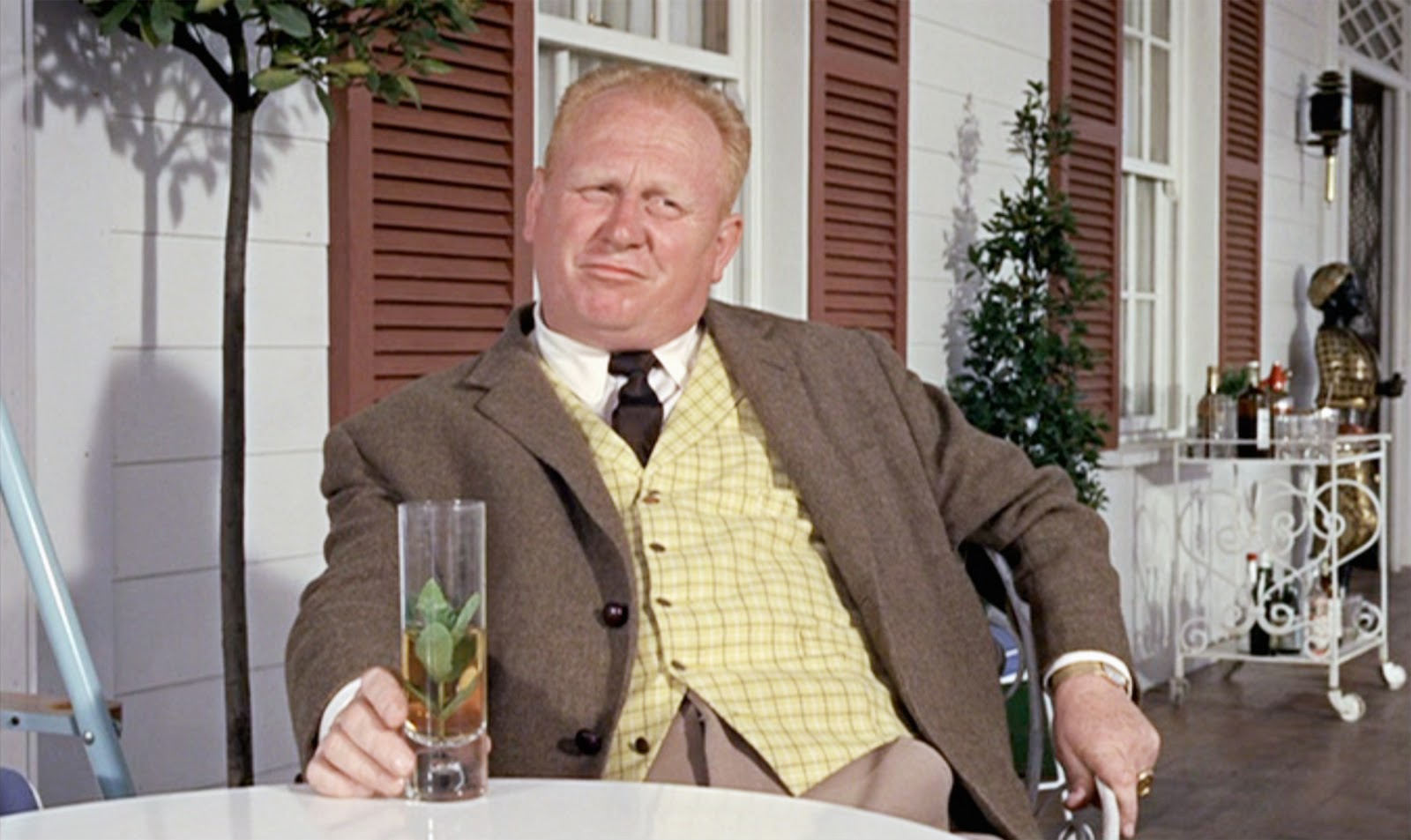Sometimes that conflict is internal (and that is so often the case in romance) — our hero and heroine must overcome the past emotional hurt, dashed expectations, current insecurities, in order to grasp the prize of love and a happily ever after.
Sometimes the conflict is external and the hero and heroine must fight an adversary, antagonist, enemy or nemesis.
Often we use those terms interchangeably but in fact they are not the same and how you choose each one determines how you characterise you villain.
Nemesis
(defined: an opponent or rival whom a person cannot best or overcome.)
The best known example is Sherlock Holmes and Moriarty
Why is Moriarty a nemesis as opposed to any other of our villainous definitions?
It’s because Holmes and Moriarty are two sides of the same coin. They are intellectual equals except one has decided to use their talents for niceness instead of evil.
Often nemeses are defeated by an extraordinary turn of good luck or external aid (the cavalry shows up, there is an act of divine intervention, etc) for the hero.
Enemy
(defined: a person who is actively opposed or hostile to someone or something)
One of my favourite literary villains is Count Fosco in Wilkie Collins’ The Woman In White. He is charming urbane and devilishly single minded.
Unlike a nemesis, for the enemy it’s never personal – you just happen to be in their way.
It would be unwise to underestimate an enemy, they will smile while stabbing you in the gut.
Enemies are best defeated by exploiting their weakness and turning what appears to be their power, against them.
Antagonist
(defined: the adversary of the hero or protagonist of a drama or other literary work)
In pharmacology an antagonist is a drug that counteracts the effects of another drug, so that’s how we will refine our definition of antagonist.
The antagonist isn’t necessarily evil and they don’t necessarily hate the hero and heroine.
Either directly or indirectly their actions thwart the desires or the goals of our protagonists.
Antagonists are frequently seen in children’s books (My favourite is Nellie Oleson from Little House on The Prairie) or in more light-weight and humorous adult fiction.

Ain’t she a little charmer? Nellie Oleson was Laura Ingles antagonist
In the 1990s sitcom The Nanny, the character of CC is Fran’s antagonist. Niles the Butler is CC’s antagonist.
Niles and CC gives us the classic ‘enemies to lovers’ which is a staple of many a romance novel.
Adversary
(defined: a person, group, etc., that is an opponent in a contest; contestant.
Like Antagonists, adversaries don’t necessarily hate the hero or heroine. Instead, they are rivals come together in some common cause.
It is a race to the finish, to solve the quest, to win the race.
Again rivals can patch their differences and indeed become friends, if not lovers.
In The Shop Around The Corner (and it’s 1990s remake You’ve Got Mail) it is business or a little misunderstanding that sets these characters apart.
The subtlety of these definitions add nuance and depth to stories. Sometimes the villains can be just as popular as the heroes (who doesn’t love Cruella de Ville or the Wicked Witch of the West?)
Next time we’ll look at how to flesh out your villains to make them as well rounded as your heroes (and in some cases utterly sympathetic!)[/vc_column_text][/vc_column][/vc_row][vc_row padding=”0″][vc_column width=”1/2″][vc_single_image image=”2579″ img_size=”full”][/vc_column][vc_column width=”1/2″][vc_column_text]
Free Books?
Just click the link below:
[/vc_column_text][mk_button corner_style=”rounded” size=”medium” url=”http://box5218.temp.domains/~lizabga3/index.php/homepage/book-club/” target=”_blank” align=”center” margin_top=”6″ animation=”fade-in” bg_color=”#ff0202″]Join Now! [/mk_button][/vc_column][/vc_row][vc_row padding=”0″][vc_column][vc_column_text][/vc_column_text][/vc_column][/vc_row]

